EYE CARE SERVICES AT OAKS OPTOMETRIC CENTER
Our eye care center offers a full range of eye health services to clients of all ages, from children to older adults. With a complete array of expert eye care services, Dr. Sarah Lee, Dr. James Yoo, and our team are dedicated to helping you enjoy healthy eyes and sharp vision. Whether you need a new pair of eyeglasses or treatment for an eye disease, our optometric team provides cutting-edge eye and vision care.
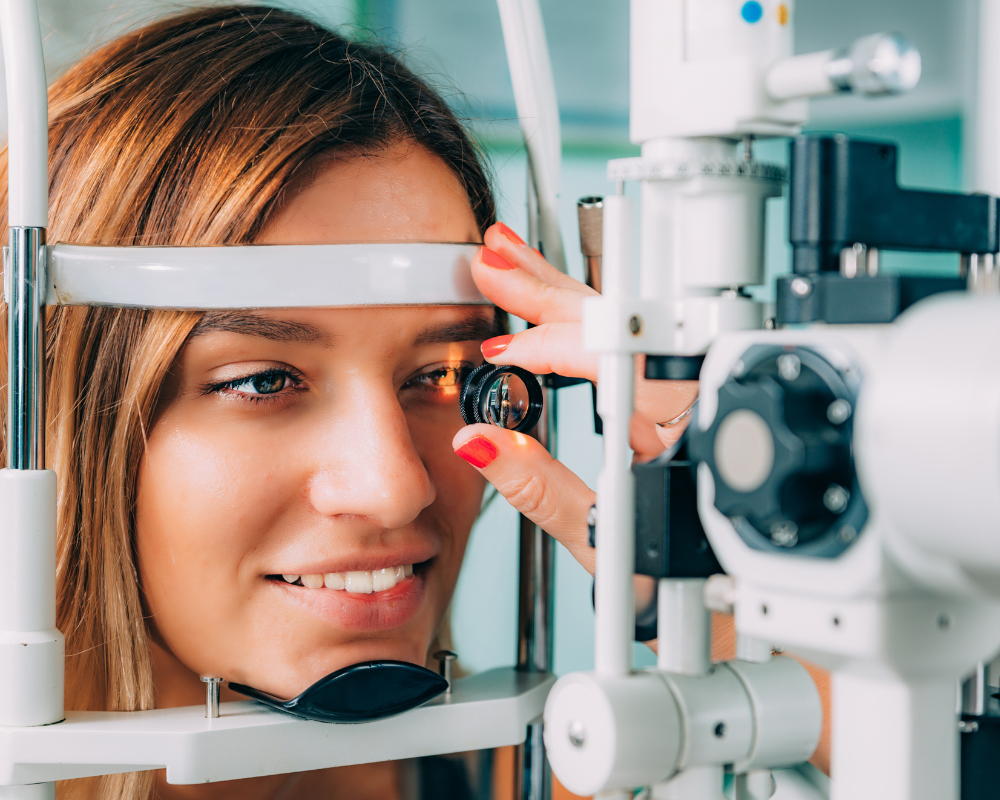
Comprehensive Eye Exams
Complete eye exams are not just for updating your prescription. Learn more about what your eye doctor will screen for, what to expect at your appointment, some of the advanced technology we use, and special considerations for pediatric and infant eye care.

Technology - Advanced Eye Care
We use the most up-to-date technology to ensure the best eye care possible. Learn about the different types of tests and equipment you may experience on a visit to our Practice.
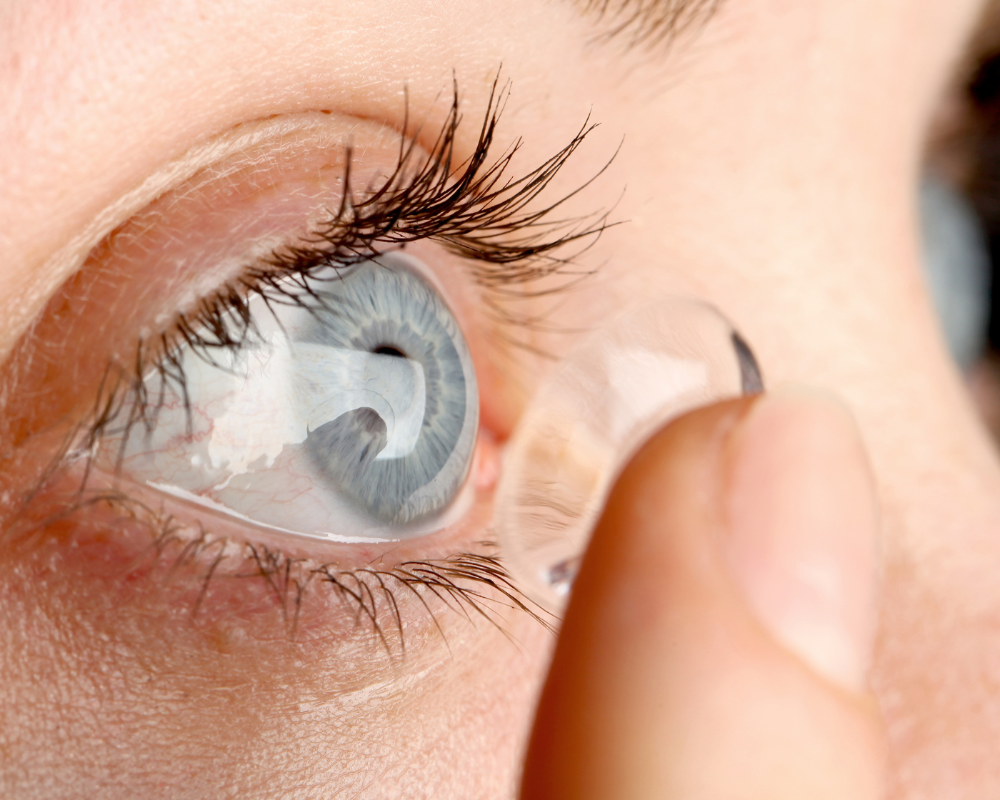
Contact Lens Exams
A contact lens exam provides all of the measurements and testing that are required to determine if your eyes are suitable for contact lens wear. We are able to fit most patients (even hard-to-fit) and will generate your contact lens prescription.
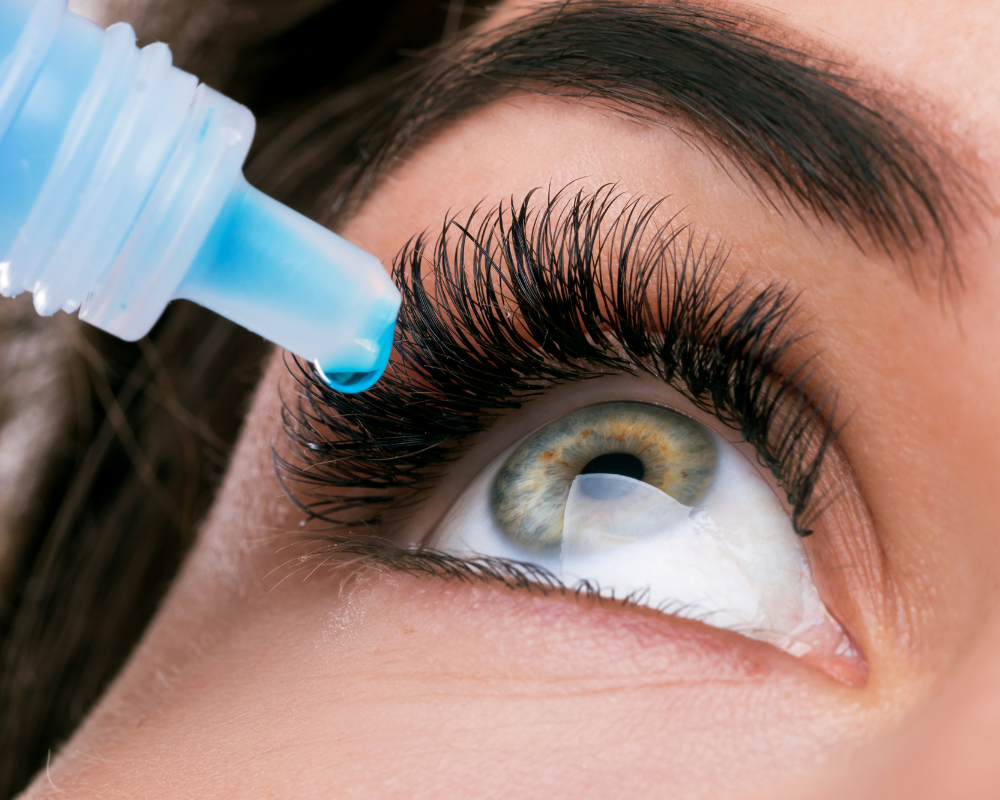
Eye Condition Treatment
Eye conditions can range from mild to severe. While some are chronic, others may resolve on their own. Here’s a short list of common eye conditions we treat, such as astigmatism, dry eye syndrome and presbyopia.
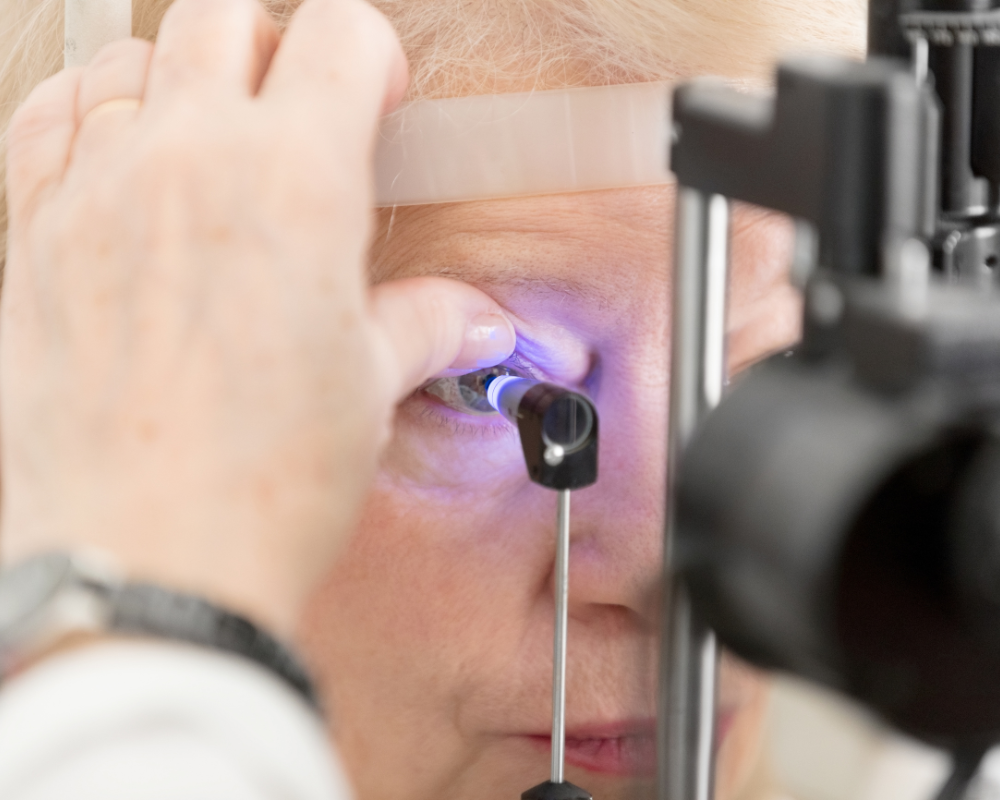
Eye Disease Management
We diagnose and manage ocular diseases such as Glaucoma, Macular Degeneration, Diabetic Retinopathy and Cataracts. Click below to learn more about these services.
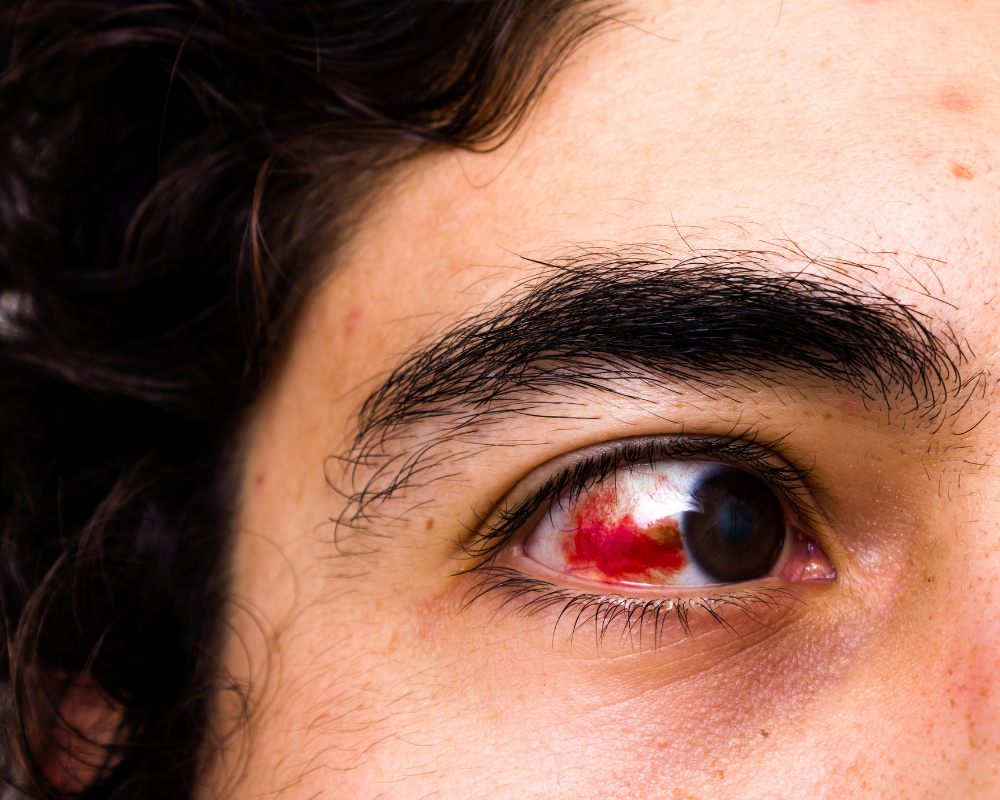
Eye Emergencies (Pink/Red Eyes)
Did you know your optometrist can help you with red eyes, pink eye, sore eyes, foreign body removal and eye emergencies?
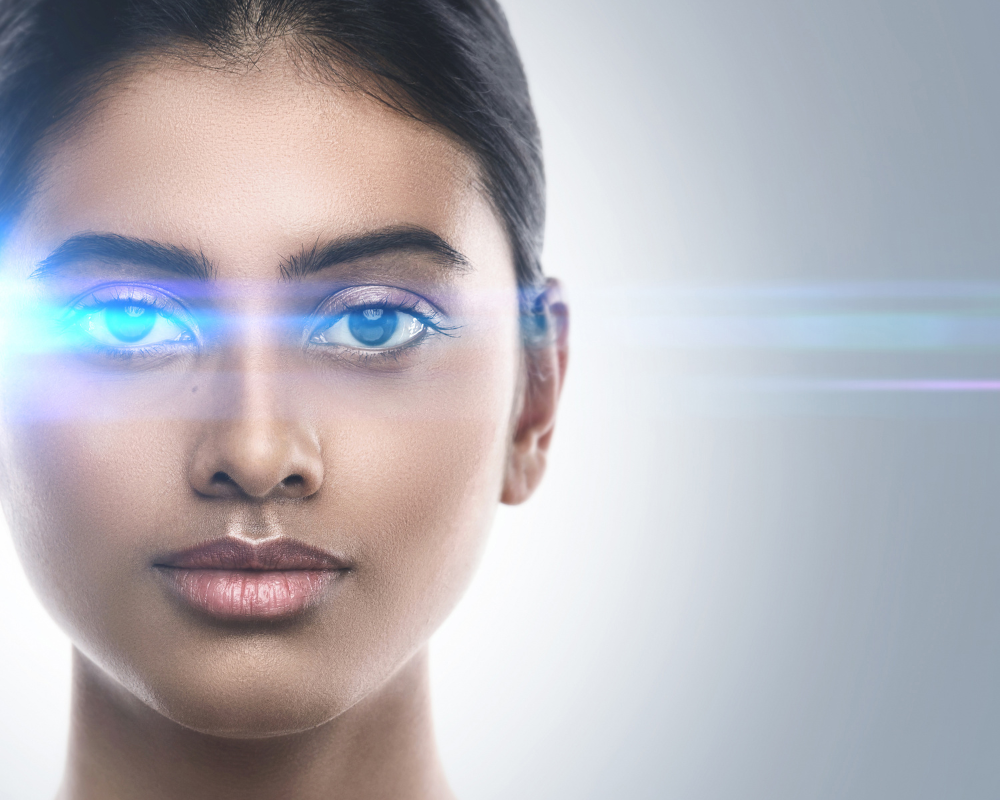
LASIK & Refractive Surgery Co-Management
If you’re ready for an alternative to glasses and/or contacts look to us for co-management of LASIK, cataract, and other ocular surgery.

General Help & Support
If you need some advice or general help and support. Get in touch with us and we will try our best to help you with your query. Click the button below to call us
